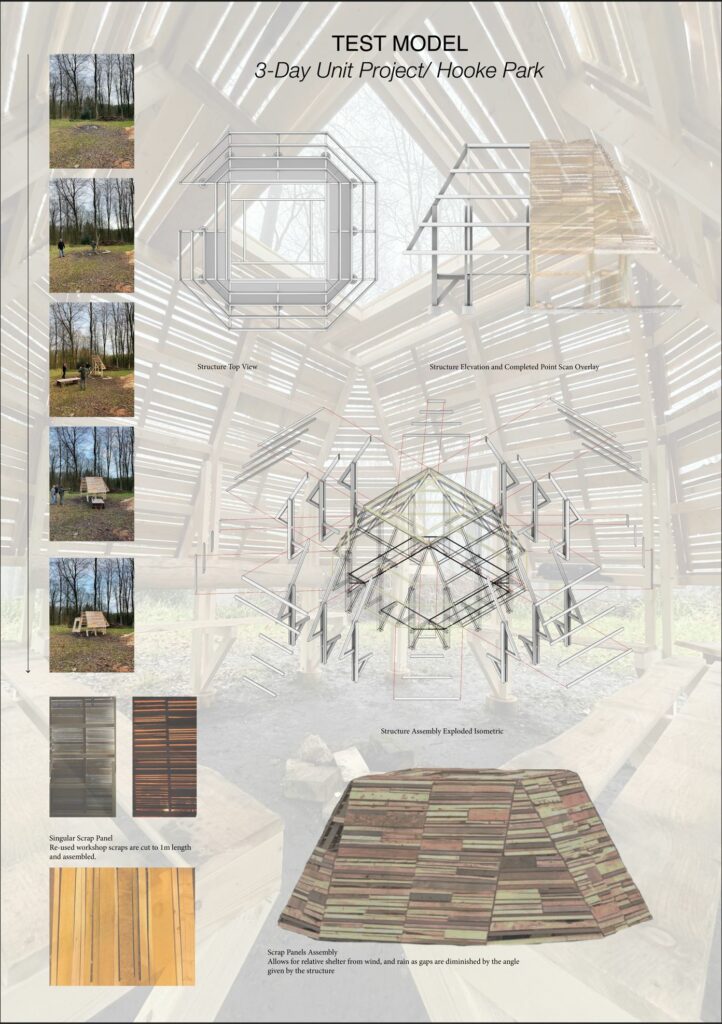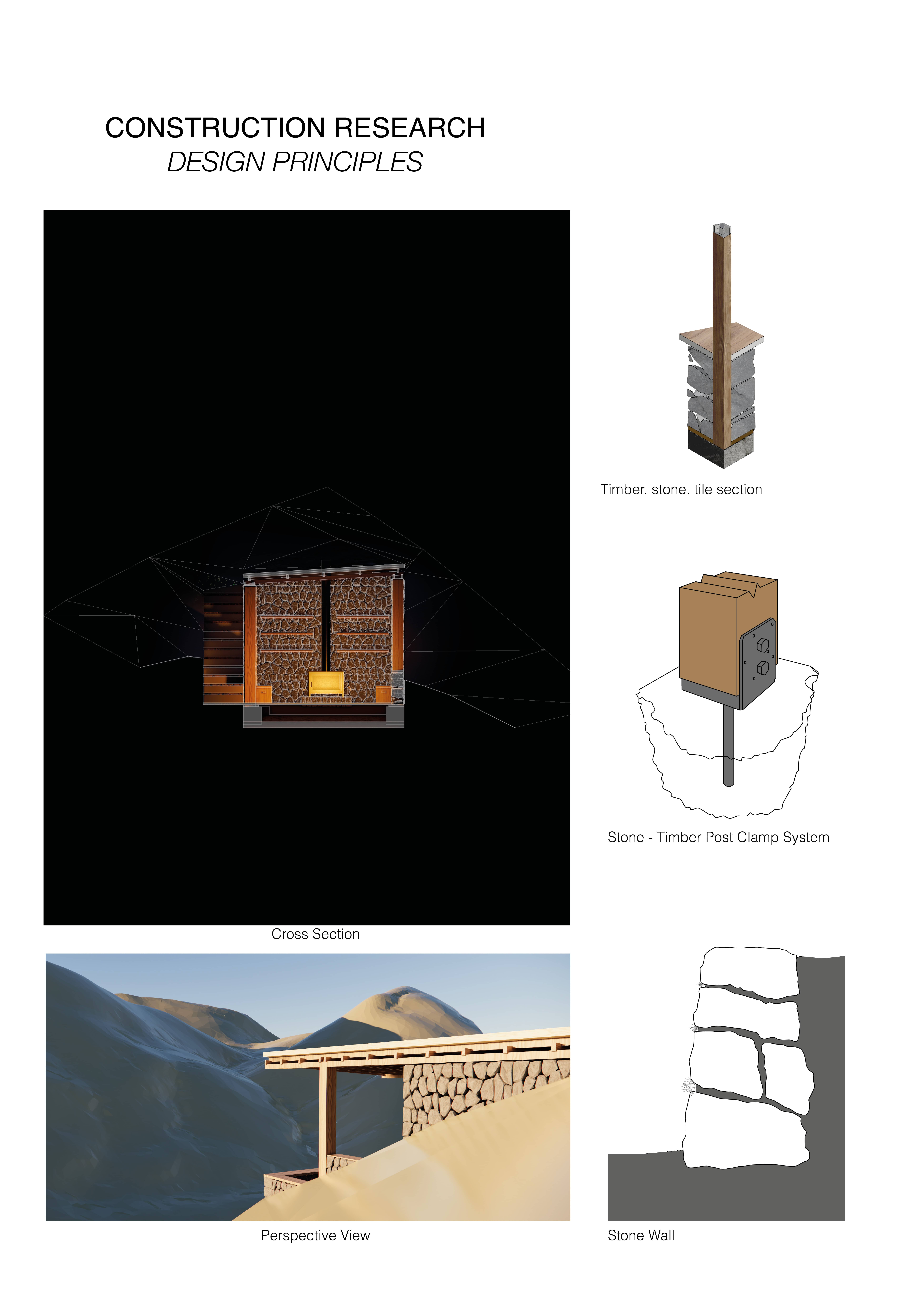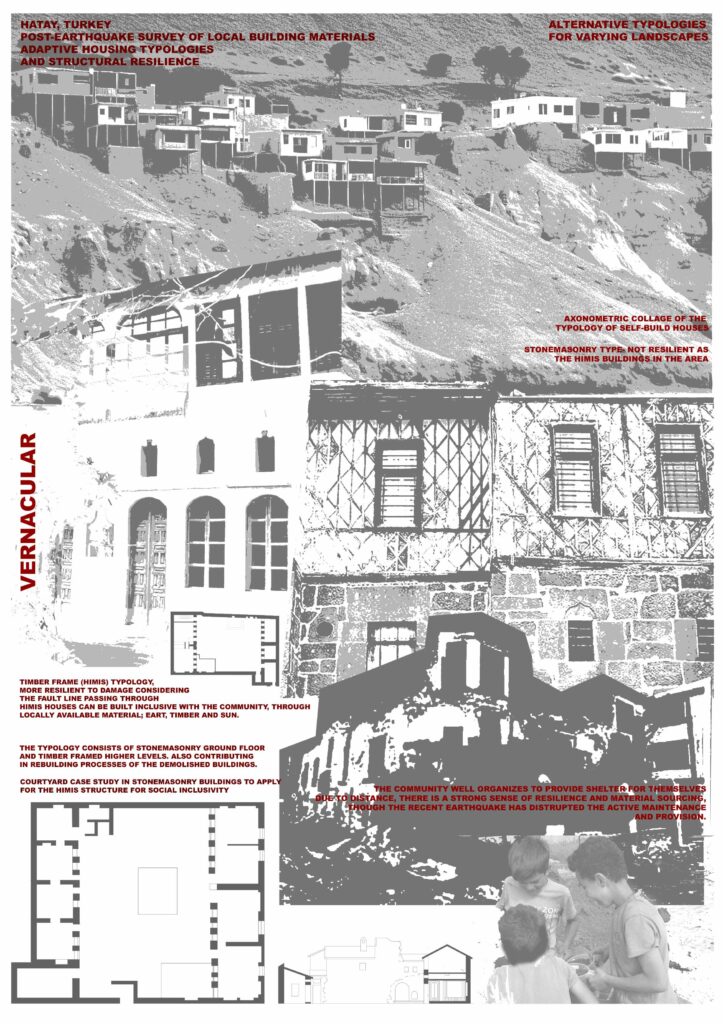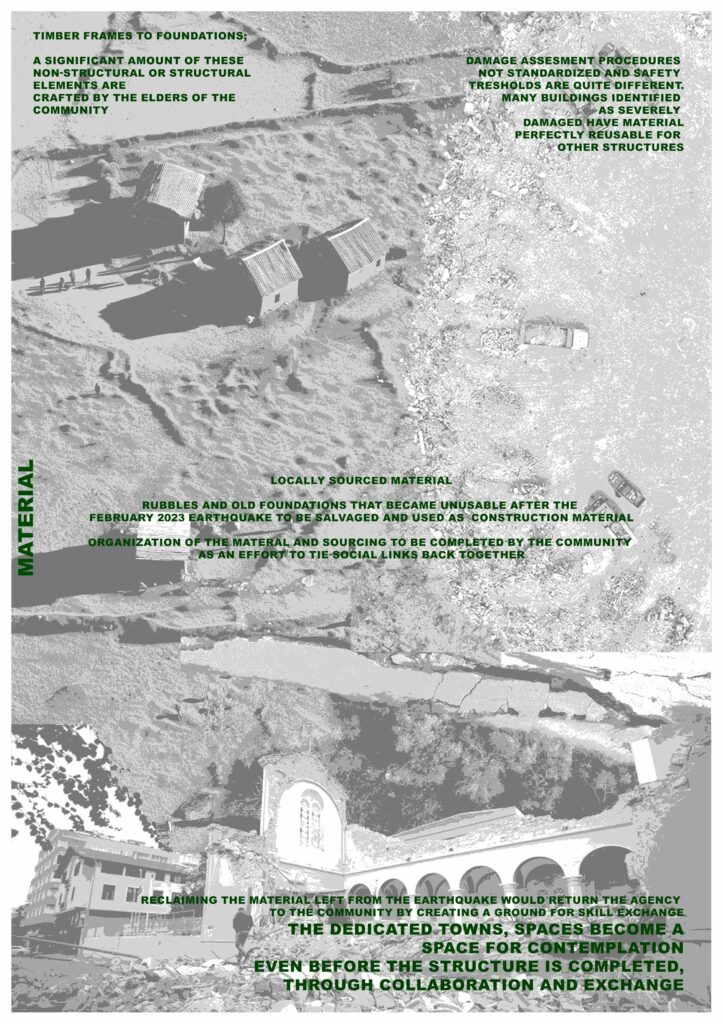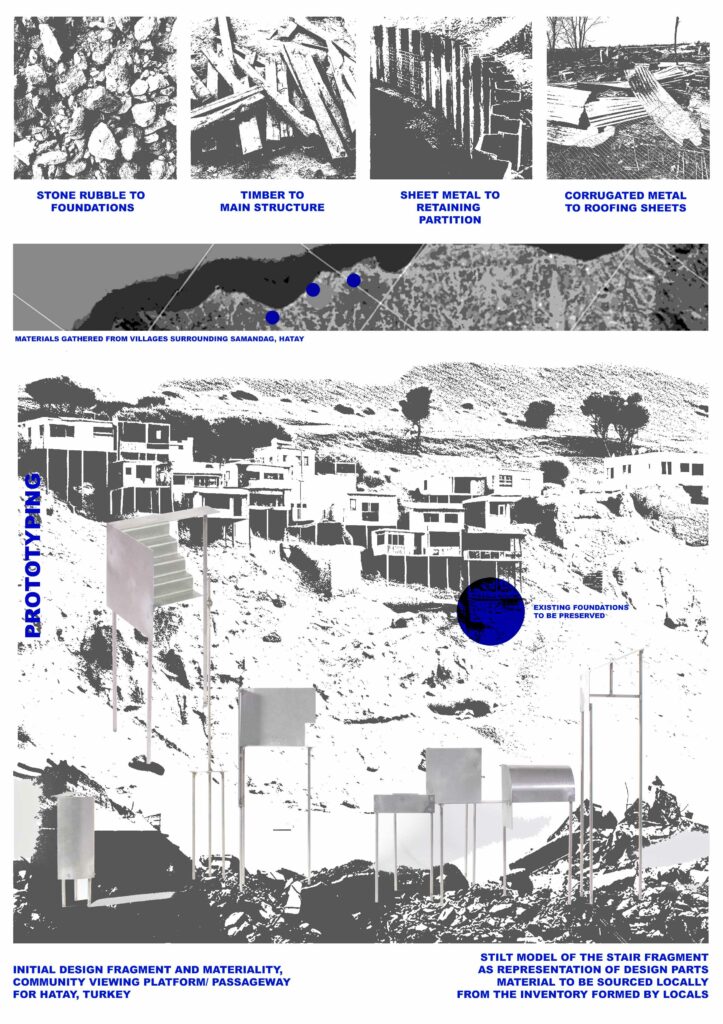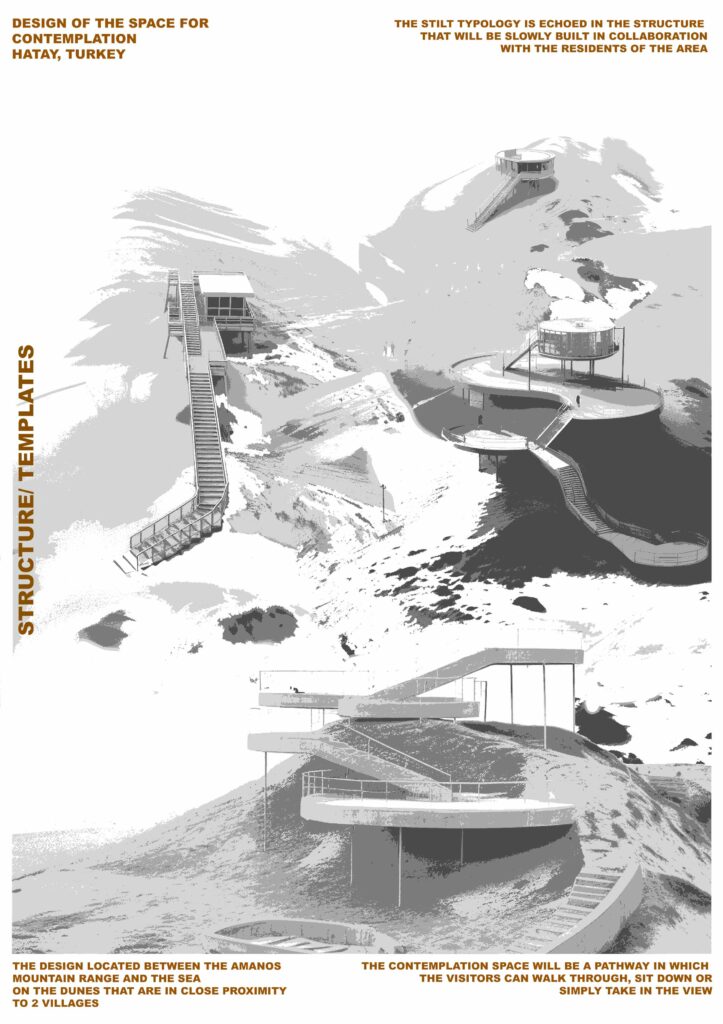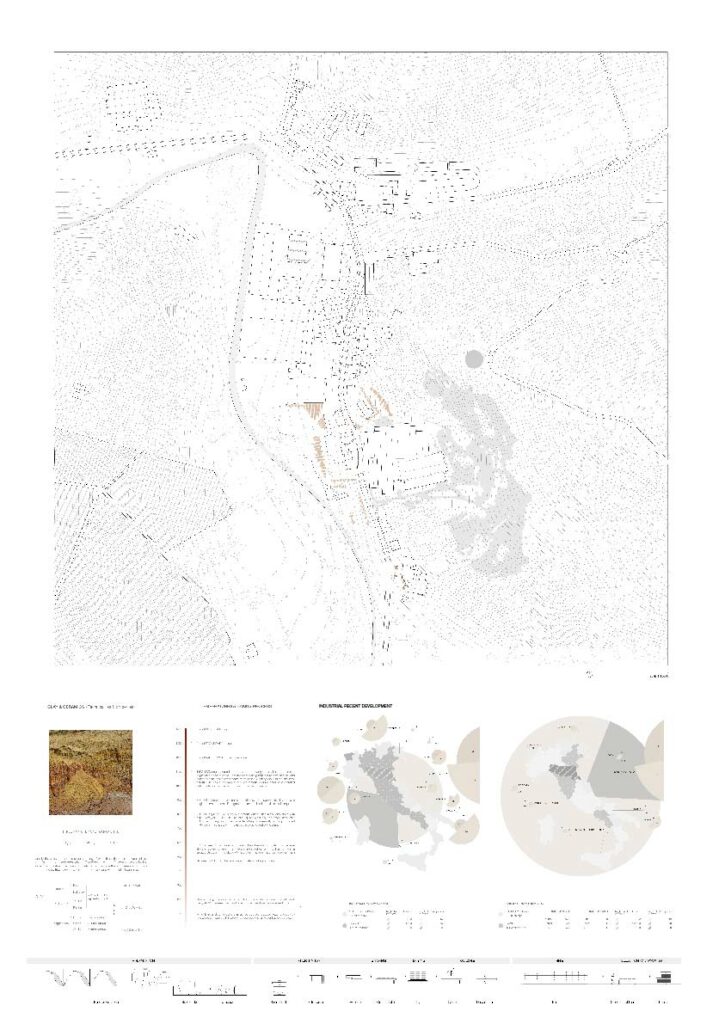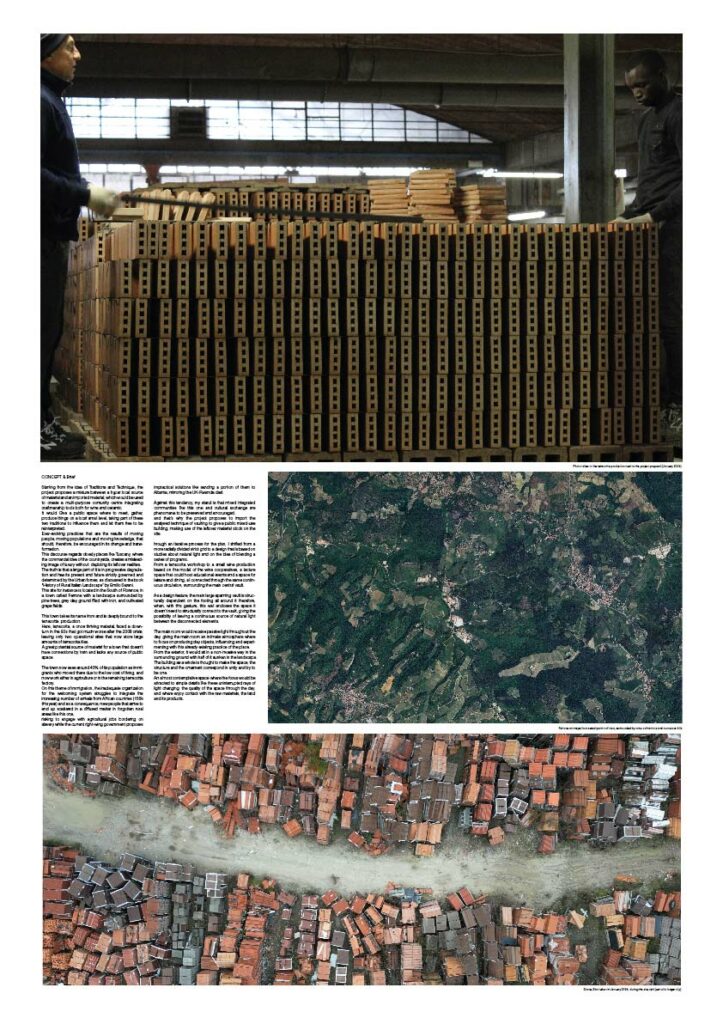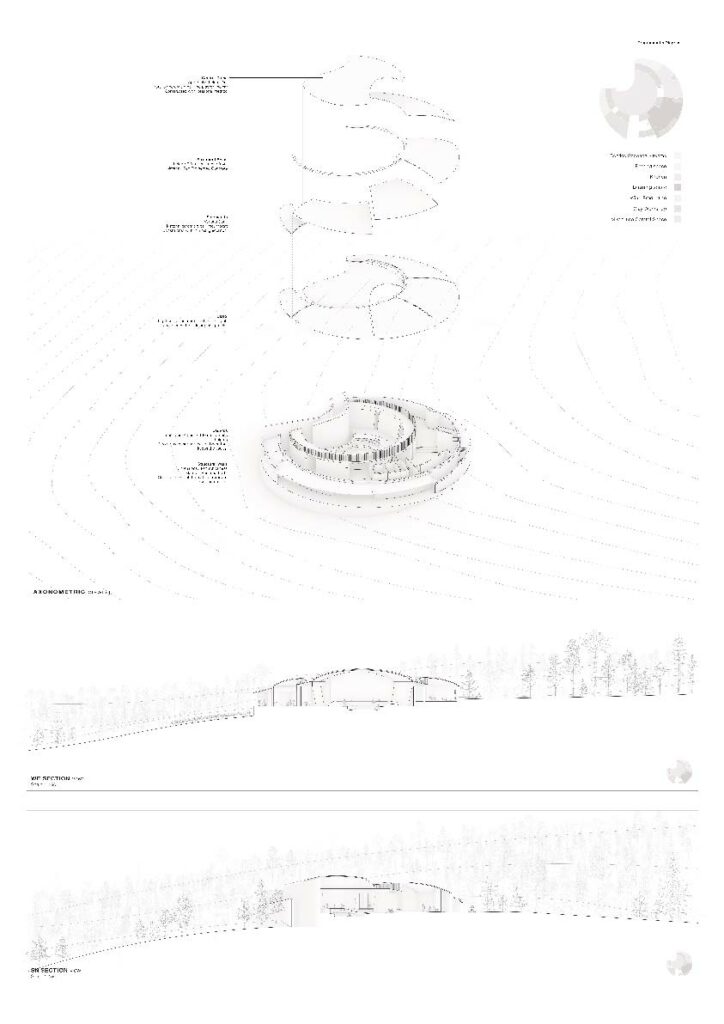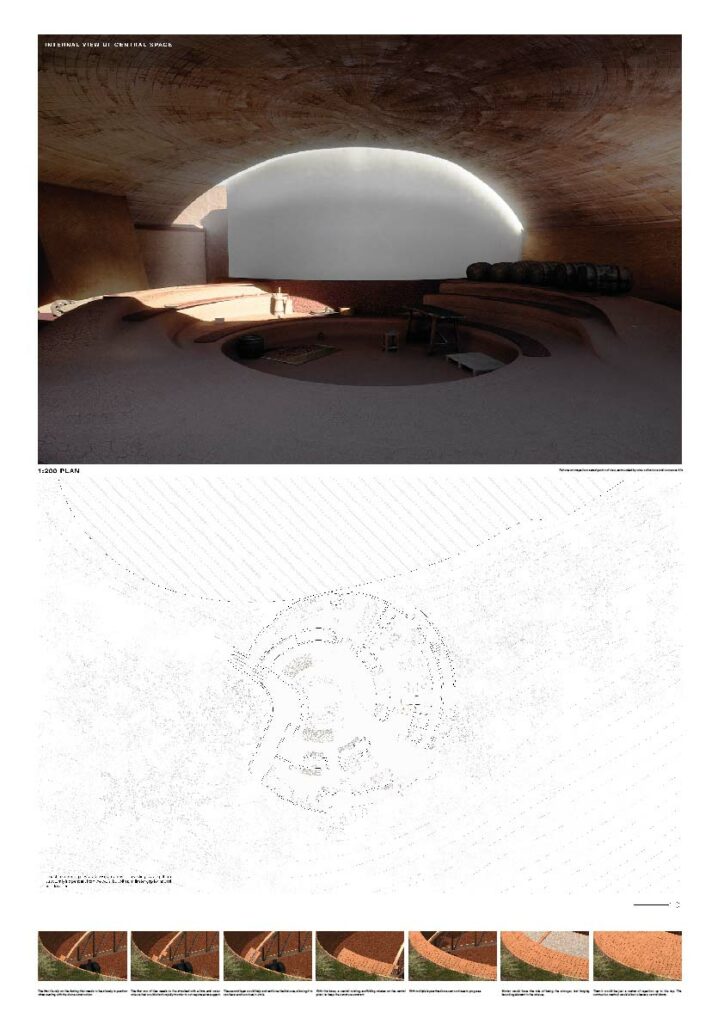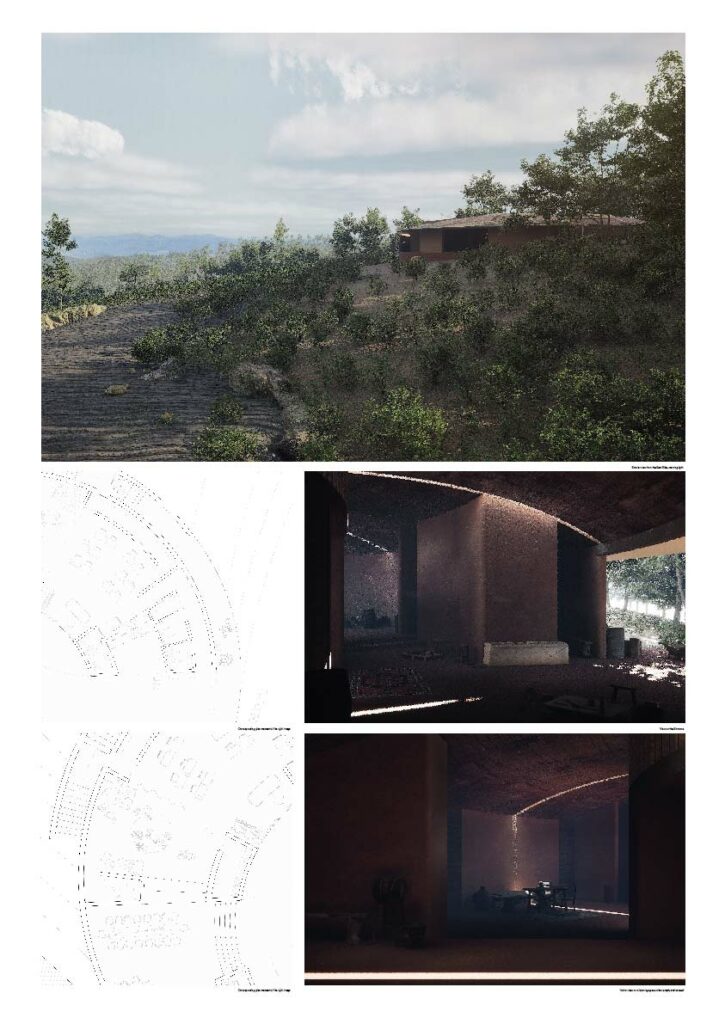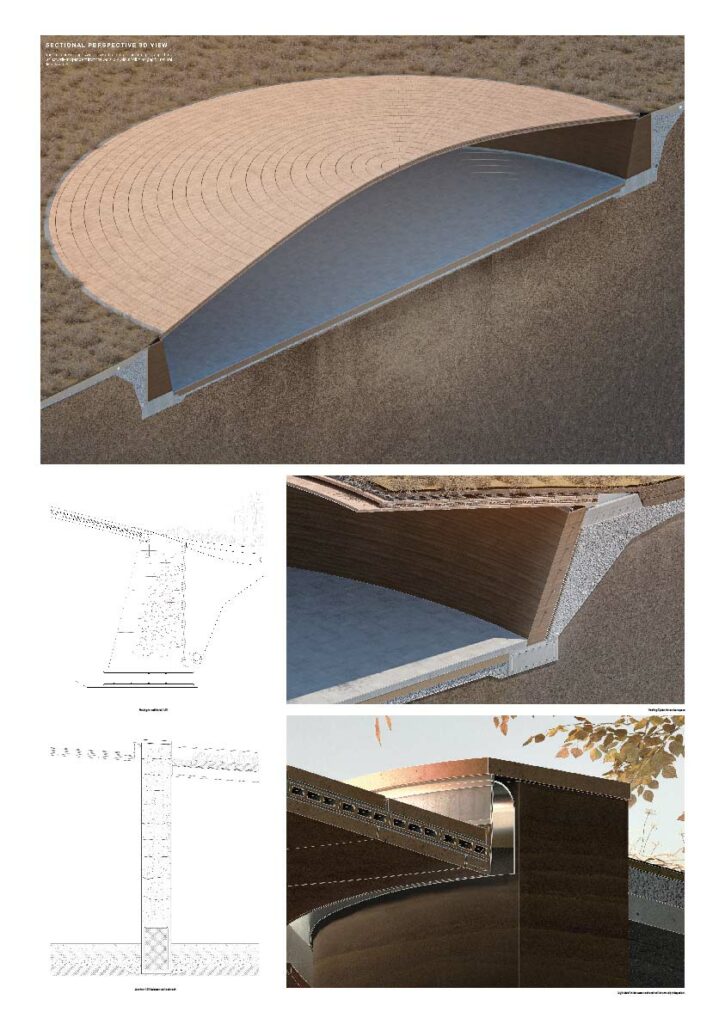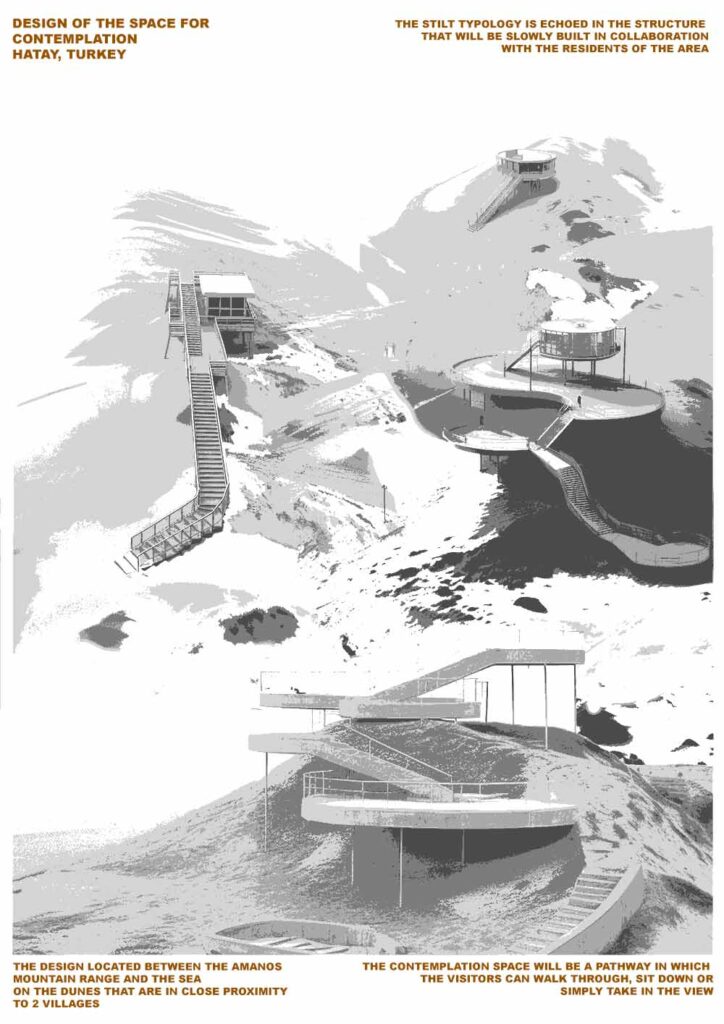
Exercise 3



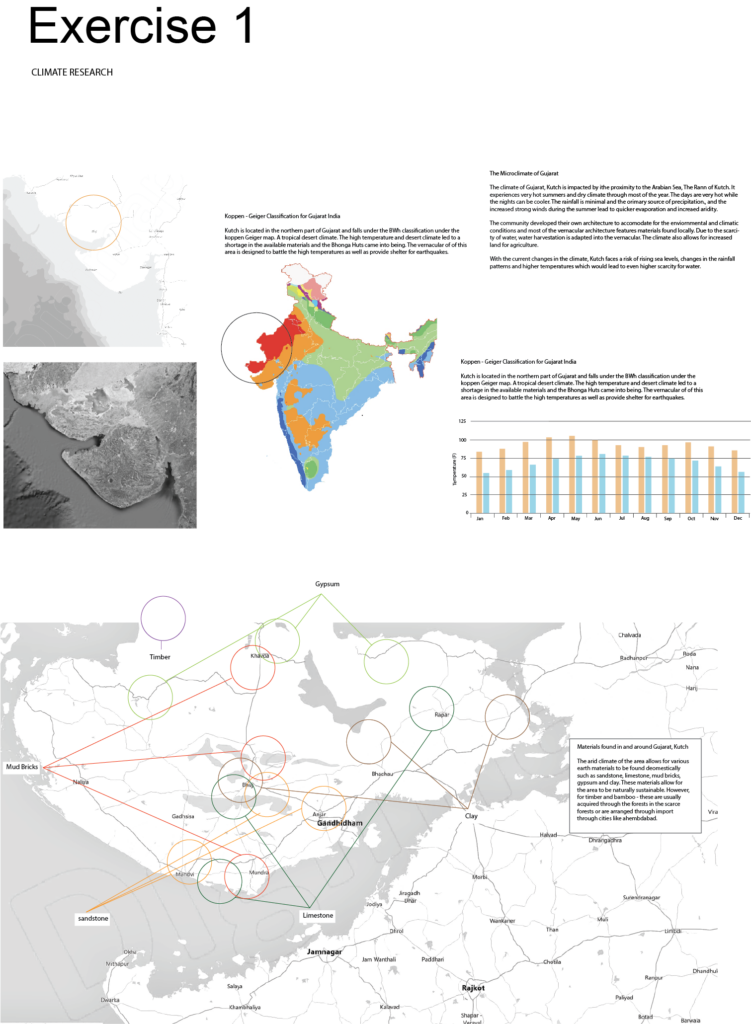

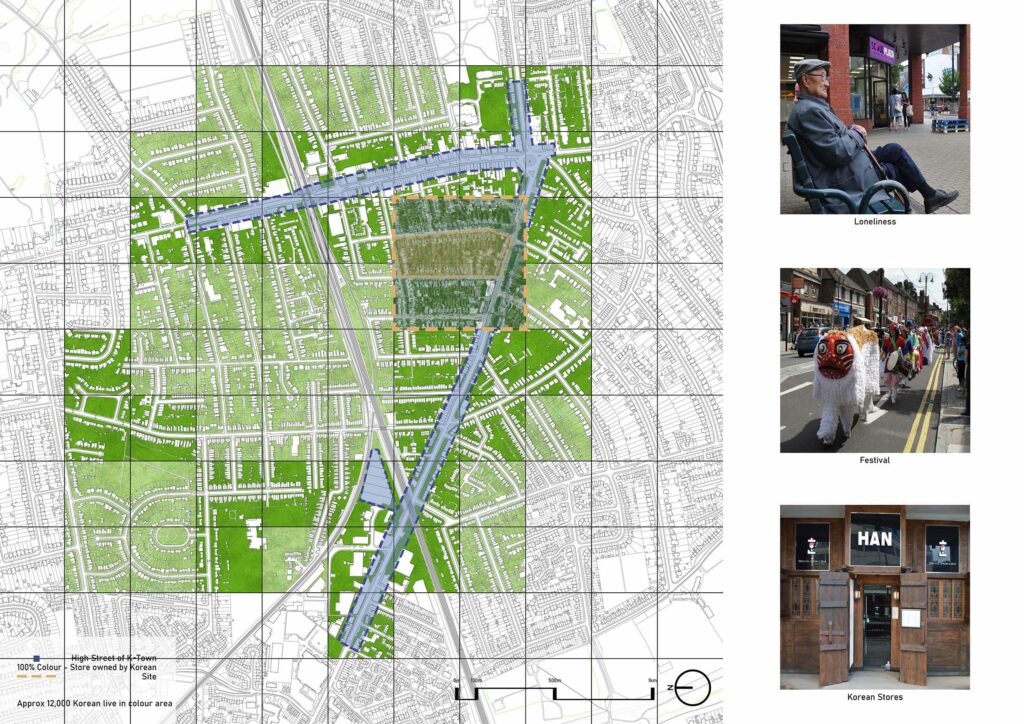


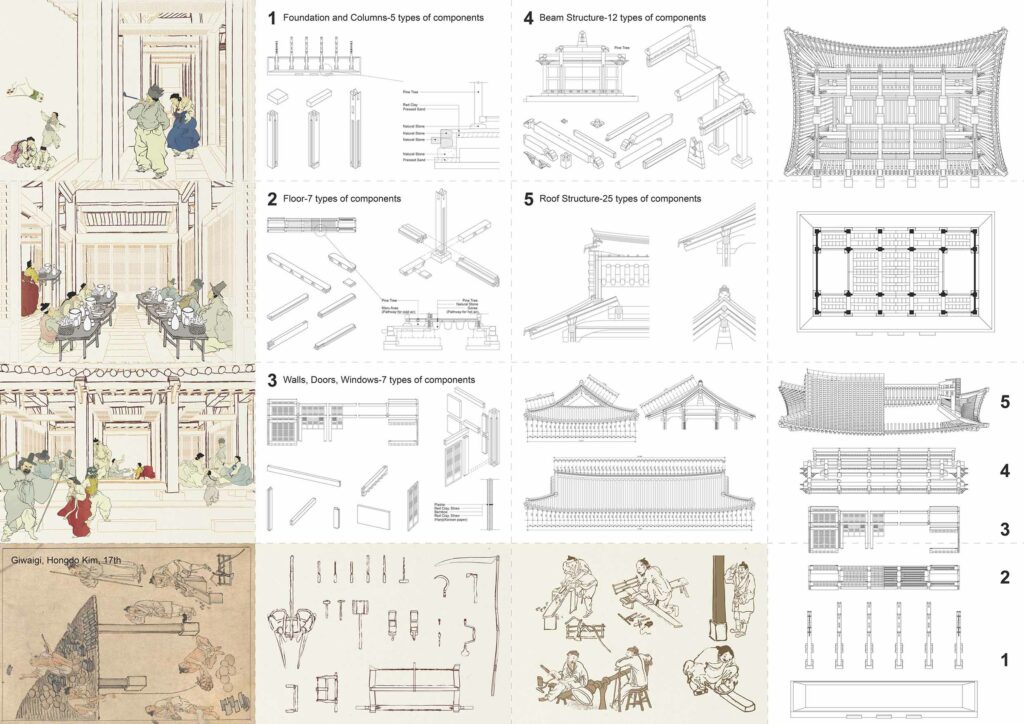
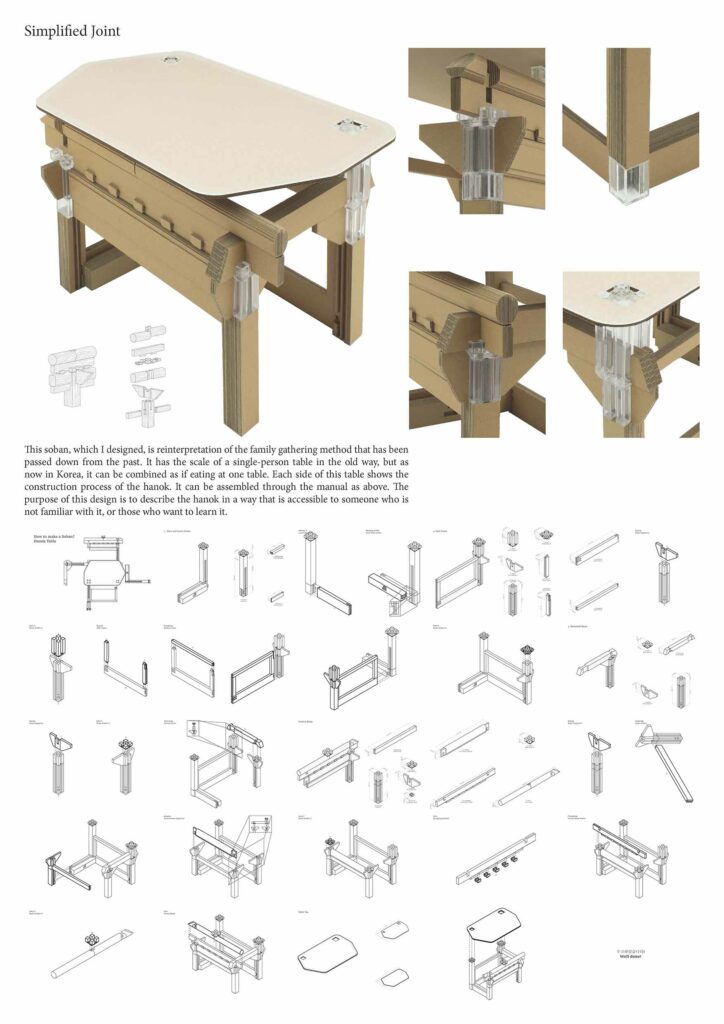


Short Manifesto
Considering the relationship between transhumance and hunting practices in the Maritime Alps, I aim to propose a pedagogical refuge that enables, through its implantation and territorial strategy/perception, the exposure of modern hunter-gatherer methods for self sustenance to temporary small groups. The purpose of this is to de-institutionalise the education of such practices, teach tools of conviviality, as well as understanding our natural resource relationships and immediate context/territory. This refuge aims to act as a ‘Studiolo’ of sorts. A studiolo of hunting and conservation. A ‘studiolo’ being a space in which one retreats from socio-political duties to gather texts, knowledge and objects that forms a lens through which one can view the world or local context. This implies that the refuge is also in a way not only self-sufficient in terms of water and energy, but also in terms of knowledge of how to sensibly extract and give back to the land.
The premise of this project is to question our contemporary relationship to the resources we use (food and energy) and how we obtain it. As we are conditioned to accept our modern urban built environment, we dissociated the food we buy at the (super)market from their origins and means of production. Most do not value or appreciate the life taken for their meat, nor could they take said life themselves and know how to prepare it for consumption. Some vegetarians or vegans choose to abstain from meats as a rejection of killing without acknowledging the destruction to habitats and ecosystems that modern monoculture creates. I believe it is possible to merge accumulated understanding of our territories with architecture and modern technologies such as AI, drones, and sensors, to create a proof of concept for a modern hunter-gatherer lifestyle which, importantly, focuses on conservation in parallel. This would put forward a modern yet ancient way of life which exceeds the dominant order to reconnect people with our time-tested way of life. This does not intend to mimic or romanticise survivalism, or resemble the scouts. Instead it aims to provide a place and occasion for ephemeral communities to experience modern self-sustenance with a side of conservation.
The design of the refuge would have independent variables or constants such as existing structures/ruins, relationship to cattle farming, and strategic positioning. The refuge would also be embedded yet light, using local materials, patterns, and lighting to minimise wildlife disturbance while enabling access to acts of conservation. Further than the immediate setting of the refuge, there will be additional considerations to territorial strategies which include but are not limited to: logic-based cattle-grazing rotations that increase meadow rejuvenation and minimise wildlife disturbance, re-wilding of flora to re-instate natural habitats for wildlife of surrounding natural parks, permaculture and agroforestry for gathering.
More immediately in the refuge’s design, I intend on providing space for the preparation and storage of game and gathered foods, as well as an archive of information on how to procure them, storage and maintenance space for tools, and visibility on the concession.

